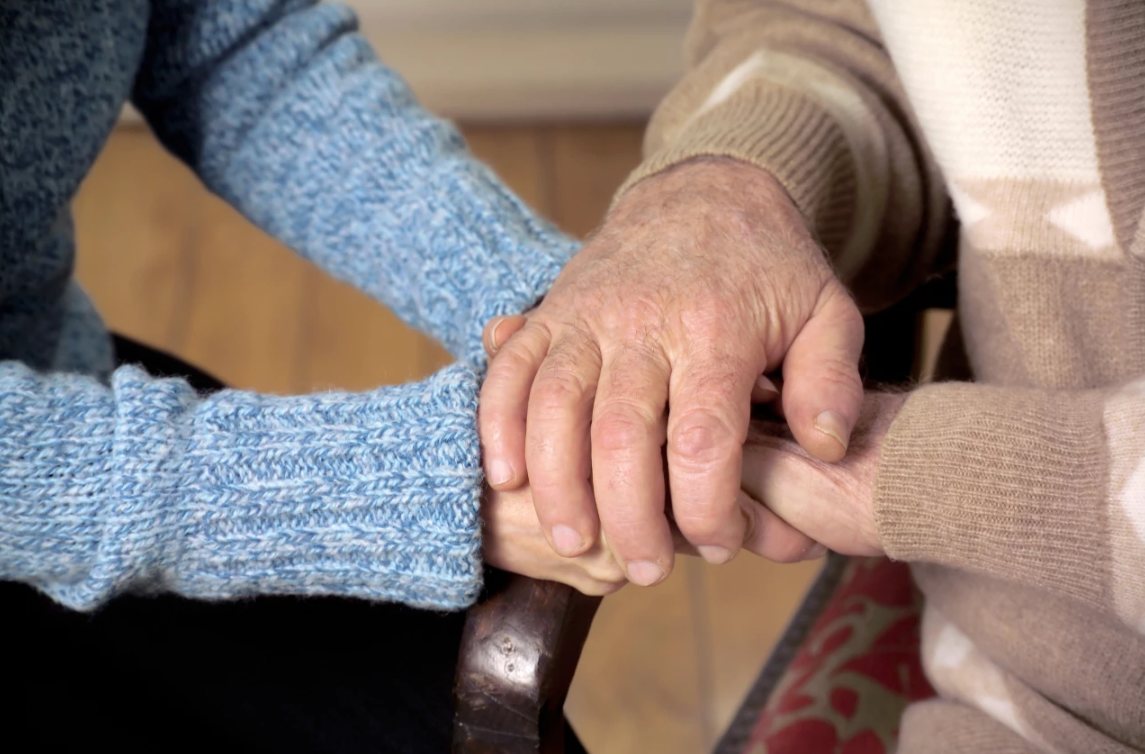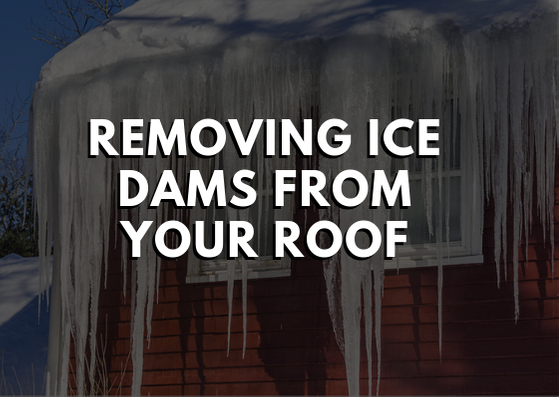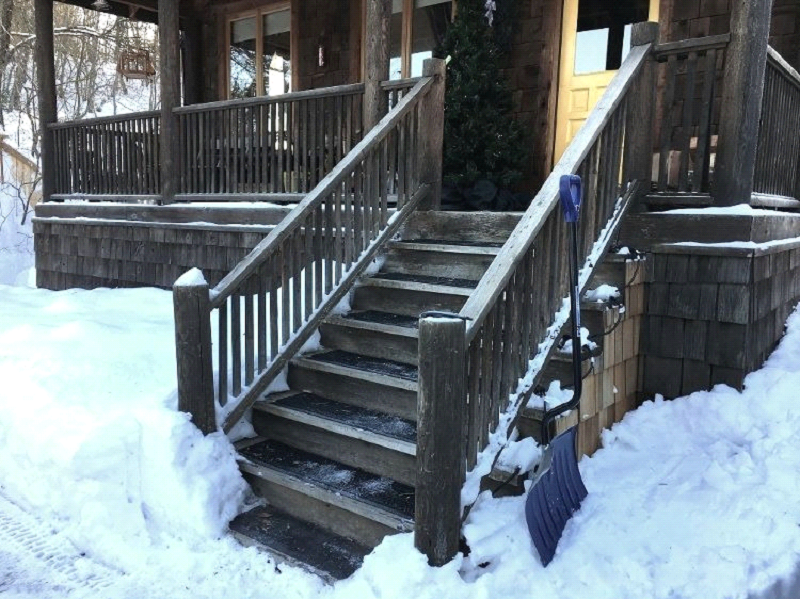
Winter is a season marked by the joy of celebration and the beauty of snow-blanketed landscapes. However, winter also brings with it potential hazards and safety concerns that, for seniors, can turn the season into one fraught with anxiety and fear.
With some information and a bit of preparation, winter need not be a perilous or worrisome time. Here are seven winter safety tips to help seniors ward off some of the potential hazards of this season.
#1 Prepare your home
Take time prior to winter’s arrival to do a thorough check of your home’s winter-readiness. A checklist for this includes:
- Check the integrity of windows and doors to help maintain warm inside temperatures. Often power and electric companies have programs for seniors in place that include free assessments and even window replacement.
- Evaluate your heating units for proper functioning or have a professional complete a thorough assessment.
- Make sure smoke alarms and carbon monoxide detectors are working properly and are equipped with fresh batteries.
- Consider subscribing to a medical alert system in case of an accident in your home and an inability to access immediate help.
- Stock up on supplies such as flashlights, lanterns, batteries, water and non-perishable food that will come in handy in the event of a storm, or in case the power goes out or you’re unable to leave your home for several days.
#2 Make a plan for snow removal
Making a plan ahead of time for snow removal helps prevent accidents around your home and reduces the potential for being snowed in.
Here are some options to consider for snow removal:
- Hiring someone else to do it, such as a neighbor or professional service. You can also explore options such as local volunteer programs or government-based services.
- DIY: If you decide to shovel the snow yourself, consider these tips and techniques for shoveling snow and be aware of the potential hazards.
- Using de-icers such as salt or other chemical options
- Keeping walkways, entryways, and driveways clear with heated snow melting mats
#3 Prevent slips and falls
Some 2.8 million seniors are treated annually for injuries related to falls, and more than 800,000 of these require hospitalization. The risk of falling in winter increases after age 65 and becomes significantly greater after age 75.
While having a sound snow removal plan and ensuring safe entryways to your home are major aspects of preventing slips and falls, there are some other ways to help avoid this hazard:
- Wear shoes with tread and that are made with slip-resistant and non-skid materials.
- Install handrails wherever necessary.
- Make sure outside lighting is working and is bright enough to see potentially icy areas to avoid at night.
- Check out fall prevention programs your community may offer, as well as balance- training exercises you can do at home.
#4 Take care of your health
With its tempting holiday menus and lower levels of activity, winter can be a challenging time for anyone to stay healthy. For seniors, these potential winter health pitfalls can have greater implications and it’s worth being extra mindful of health habits during these months.
Here are some things to remember:
- Maintain a healthy and balanced diet. Doing so will contribute to decreased risks of health problems. Additionally, you’ll notice an improved mood during the winter months, when the quality of both your physical and mental health can be challenged.
- Stay as active as possible by finding a way to exercise indoors. This could include exercise videos geared toward seniors or a piece of equipment such as a stationary bike. Keeping activity levels up is another way to ward off potential health problems and maintain a positive mood.
- Drink plenty of water and stay hydrated. It might seem counterintuitive, but it’s actually easier to become dehydrated during the winter months. We typically don’t feel as thirsty as we do in warm weather and aren’t as mindful of drinking water. Avoiding excess caffeine and alcohol will also help maintain healthy hydration.
#5 Maintain contact
We live in amazing times when it comes to the technology available to us for maintaining connections with the outside world. The winter months can naturally lend themselves to isolation due to the tendency to stay indoors for long periods, avoiding cold temperatures and potentially hazardous roadways. Periods of isolation can lead to depression and unhealthy living habits.
Here are some options for staying connected:
- The internet via email and social media
- A cell phone and a provider with robust coverage in your area to avoid being disconnected during poor weather
- Face-to-face contact using the computer with options such as Skype and Google Hangouts
- And of course, scheduling time for visits with friends and family
#6 Stay warm inside and outdoors
As we get older our bodies regulate temperature less efficiently. Therefore, we’re more at risk for conditions such as hypothermia and frostbite. Hypothermia presents a particularly significant danger as its symptoms can set in slowly and be easily missed. Symptoms include shortness of breath, irregular heartbeat, poor coordination, weakened pulse, dizziness, numbness and shaking.
Here are some ways to maintain healthy body temperatures:
- Keep your home thermostat set at a comfortable temperature, typically in the 68-70 degree range
- The majority of body heat escapes through the feet and head, so keep them warm and covered
- Dress in layers when outdoors and dress appropriately for the weather including gloves, a warm jacket or coat, scarves and undergarments like “long johns.” Pay particular attention to wearing sufficient socks and proper footwear, as feet can easily become numb in the cold
- Avoid getting clothing wet as a result of contact with snow, as this leads to chilling and numbness
#7 Stay safe on the roads
Unless you’re planning on staying indoors for the entire winter, driving in snow is, unfortunately, a necessary risk. Here are a few ways to stay safe on the roadways:
- Get your car winter-ready ahead of time and have it checked out by a mechanic prior to the first snowfall
- Make sure you have appropriate tires for driving in the snow
- Ensure good visibility by using your headlights while driving, even during daylight hours. As well, make sure you have good windshield wipers in order to keep your windshield clear of accumulating snow
- Maintain low speeds and avoid sudden “slamming” on your brakes to prevent skidding
With some effort and preparation, the winter months can remain safe and enjoyable. While it’s worthwhile to prepare ahead of time, it’s also important to keep in mind the value of calling on others if necessary and maintaining a network of supportive friends, family, and resources. Taking measures to prepare yourself, your home, and your car will help ensure a warm and safe winter season.


